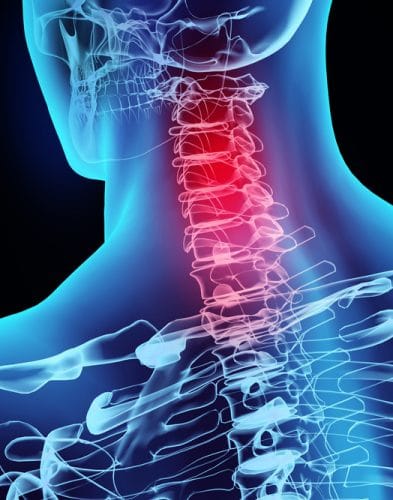If you’ve experienced whiplash, you may have extreme pain and other symptoms.

Across the United States, car accidents happen every day. From minor fender benders to fatal crashes, these collisions can cause a variety of injuries — or no injuries at all. Some of the more common injuries that car accident lawyers see in their practice include broken bones, contusions, head trauma, and whiplash. While many people may be familiar with the idea of whiplash, they may not understand what it really is — or how serious it can be.
At the Law Offices of Larry H. Parker, we have decades of combined experience representing victims of car accidents. We know how to present claims for damages to help our clients recover for their injuries, including whiplash. Read on to learn more about this common type of car crash injury.
How Whiplash Happens
Whiplash often occurs during rear-end car accidents, although it can happen in other situations. When a person’s head is abruptly thrust backwards and then forwards upon impact, that is whiplash (like the motion of a whip that is cracked). The force of this impact can push the person’s head and neck muscles far beyond normal range of motion, leading to injuries that could require lengthy treatment.
Symptoms and Treatment
After a car accident involving a rear-end collision, many victims may feel fine. However, within 24 hours, they may start to feel the symptoms of whiplash. This may include dizziness, headaches, blurry vision, fatigue, pain and/or stiffness in the neck. A person may also experience irritability, an inability to concentrate, tinnitus (ringing in the ears) and memory problems.
Depending on their severity, these symptoms could last for months after the accident—and maybe even years. If whiplash is severe, someone could suffer permanent damage to the tendons, ligaments, disks and joints of the neck. This could lead to lifelong effects of a whiplash injury.
If you’ve been in a rear-end accident or any collision where your head was snapped back and forth, you should seek medical treatment immediately. Your doctor should fully evaluate your injury, including documenting what exactly happened in the accident, your symptoms, the level of pain you have, any medication you are taking and how you are able to get relief from the pain (if at all). He or she may order a variety of tests to diagnose whiplash injuries, such as an x-ray, MRI, CT scan or other neurological examinations. If you do get a whiplash diagnosis, then common treatments may include prescription medication, physical therapy, ice, heat, massage and over-the-counter medication.
If you have been hurt in an accident that resulted in injuries such as whiplash, you’ll need an experienced car accident attorney to represent you. Contact the Law Offices of Larry H. Parker today to learn more about how we can help. Our initial consultations are always free, and we never charge a fee unless we recover money for you. We’ll vigorously pursue compensation for you so that you can get back on your feet after a car accident.



